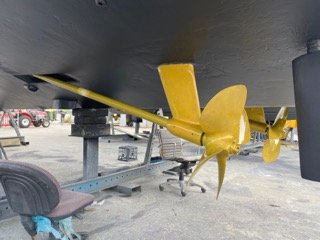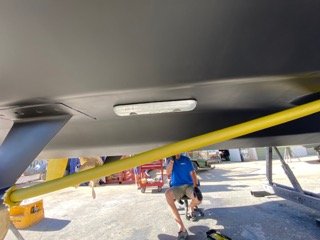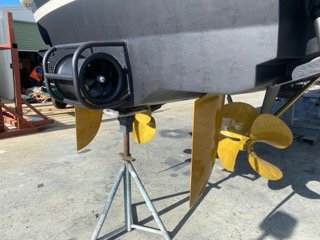Antifouling
Key Points
All drive gear and thrusters checked and serviced as standard.
Removal and replacement of sacrificial anodes zinc and alloy
Hulls ranging from timber to steel, fibreglass (GRP) and various other more exotic and performance / strength based materials such as carbon and kevlar.
There are a multitude of products available, be it single pack and two pack materials and brands (International epoxy products for example).
We commonly use International products, Altec and Wattly products and many more dependant on application and compatibility. All have their part to play in preparing and protecting vessels which sit in a very inhospitable environment.
On slipping of the vessel we can provide advice and discuss requirements prior to all works onsite with our clients.
Anti fouling is a necessary protective coating that keeps marine growth from building up on the hull below the waterline. This coating generally requires refreshing with normal out of water servicing. Servicing intervals depend on what type of craft you have.
Cruising yachts, racing yachts and power boats all have a broad service interval requirement based on the type of antifouling used, what drive gear is used and more.
Keeping regular intervals between re coating is important to prevent unnecessary repairs due to prolonged exposure to the elements. Salt water particularly is a very harsh environment and prevention is better than cure when it comes to regular servicing of your vessel.
A variety of preparations are involved, starting with a good heavy pressure wash to decontaminate the surfaces as best possible, along with desalinating the topside and deck in order to remove all salt when servicing a sea based vessel. From here we would commence all preparations of the underbody of the vessel, starting with sanding off and keying the old surface, carrying out any repairs and then making sure all is in a protective primer and ready for fresh anti fouling.



